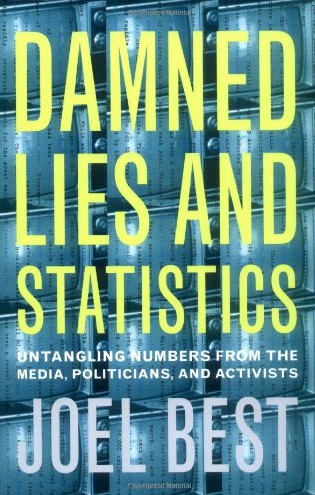 The eBook has been with us for nearly two decades. Without it, we would not have seen the explosion of self-published authors as we have. In fact, many of us wouldn’t be reading this right now if it weren’t for eBooks. While eBooks have become ubiquitous in our society, we don’t really know much about the behavior of eBook readers.
The eBook has been with us for nearly two decades. Without it, we would not have seen the explosion of self-published authors as we have. In fact, many of us wouldn’t be reading this right now if it weren’t for eBooks. While eBooks have become ubiquitous in our society, we don’t really know much about the behavior of eBook readers.
The New York Times published an interesting article the other day regarding the habits of eBook readers. A reader analytics company, Jellybooks, provided the data from thousands of readers to determine some basic characteristics of how we consume our eBooks. Continue reading “Data Analytics in eBooks: How Readers Read”



